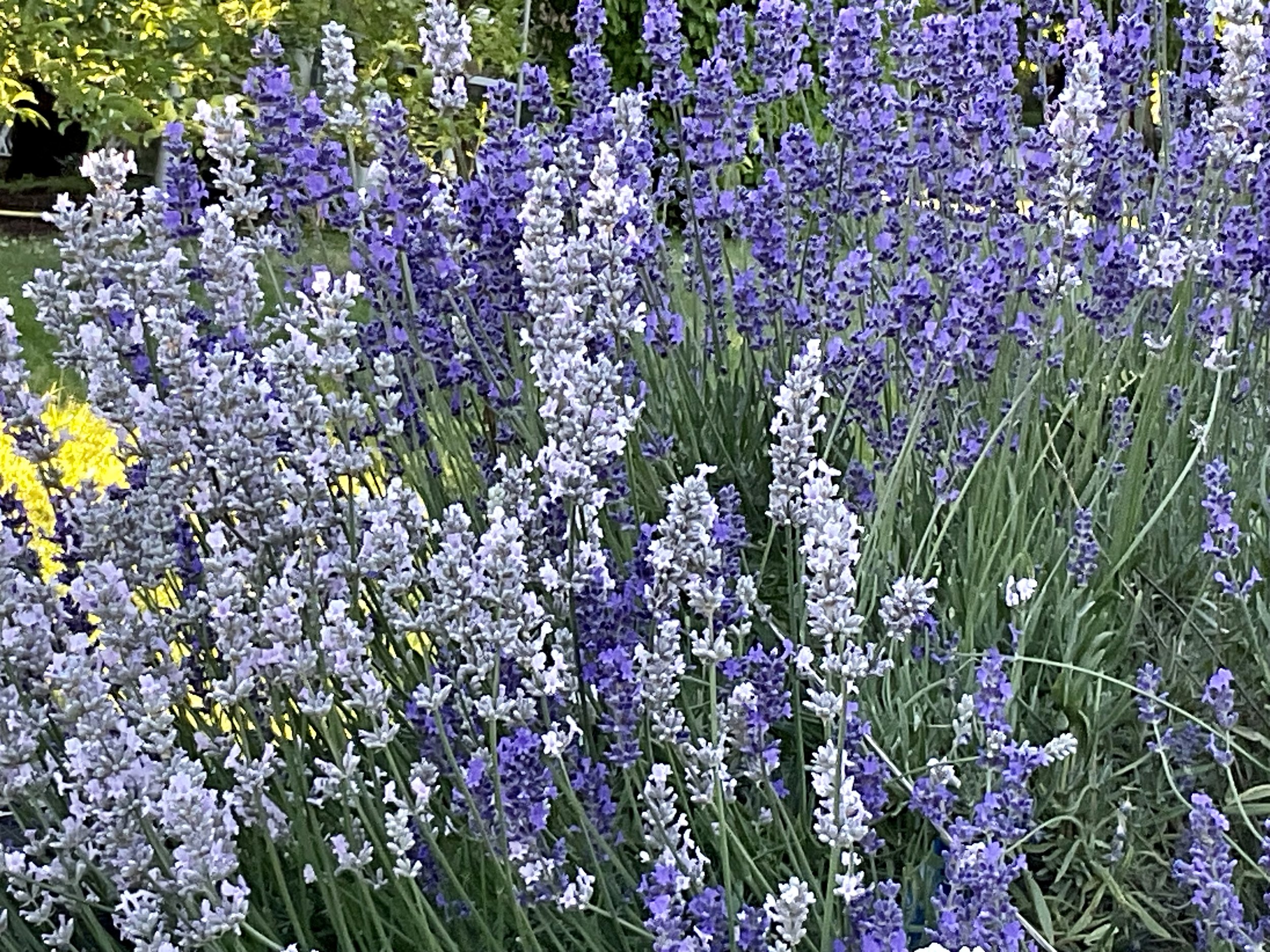Culinary lavender
One of the most popular smells in human history, lavender has been celebrated around the world for over 2,500 years: The ancient Egyptians used this flowering herb, a member of the mint family, for its potent fragrance during mummification; in ancient Greece it was incorporated in treatments for everything from insomnia to backaches; and it was employed so often by the Romans for healing baths that the word lavender comes from the Latin verb lavare meaning “to wash.”
But beyond its wide range of therapeutic and healing properties, lavender is also a helpful companion in the kitchen. When you know how to cook with lavender properly, it can bring a beautiful floral quality to a number of sweet and savory dishes. But the key to keeping your food from tasting like your mom’s favorite hand lotion?Culinary lavender.
What is culinary lavender?
The term lavender is generally used to describe any plant of the genus Lavandula, which encompasses 47 known species of flowers. Not all lavender, however, should be used in food. I repeat: Not all lavender should be used in cooking. Though most lavender is technically safe to eat, culinary lavender is typically cultivated from Lavandula angustifoliaplants (commonly known as English or “true” lavender) and has a lot less oil than the aromatic lavender used in perfumes or soaps.
“That leads to a much sweeter, more palatable lavender that’s easier to use in your cooking,” says Claire Cheney, founder of New England spice purveyor Curio Spice Co. “Lavender can be a polarizing flavor like cilantro. Maybe you always thought of it as an overly floral or soapy flavor, but it can be enchanting and forest-like,” Cheney says.
How do you buy high-quality lavender?
When shopping for high-quality culinary lavender, color is key. “You want to look for that vibrant blue-purple color as opposed to grayish-purple,” Cheney says. Cheney also recommends giving the herbs a nice whiff—good culinary lavender should have a “spicy, minty quality but not an overly perfumy aroma.”


